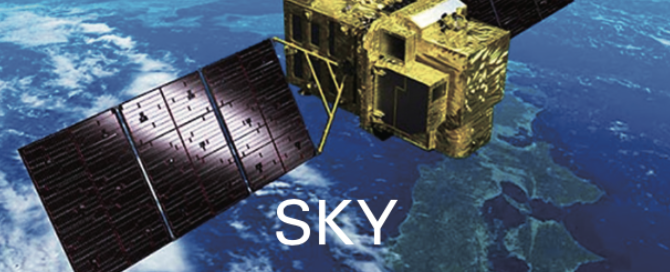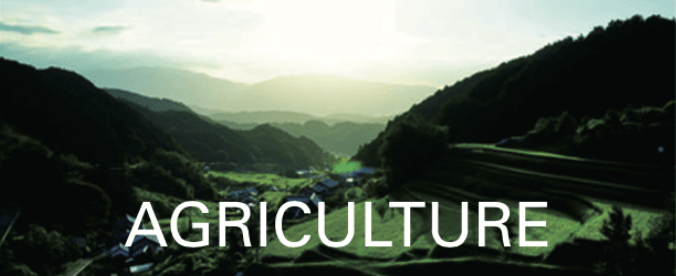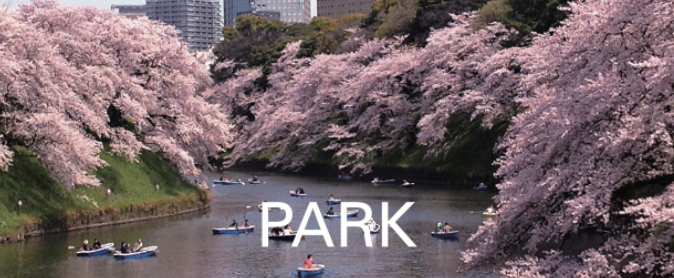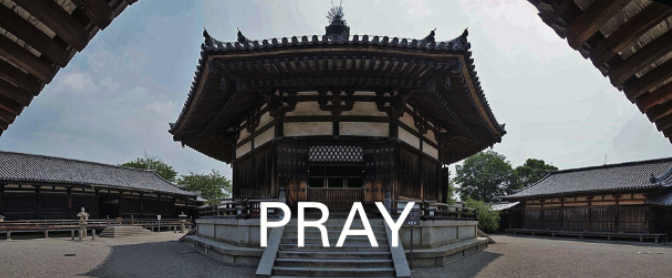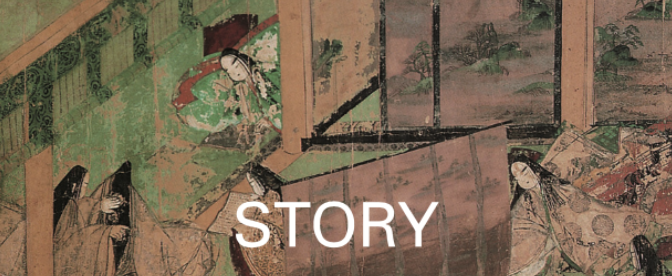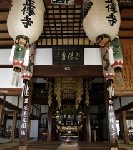
This is an ancient temple, which is said to have been built 500 years ago. It is the 1st temple of the 33 temples of Akita Kannon (the Buddhist Goddess of Mercy) Sacred Sites Pilgrimage. The long approach with the cherry blossom trees, leads to Sanmon, the main gate of the temple. Shoro-mon, the gate with a bell tower, and the main temple, makes the calm atmosphere suitable as the 1st temple of the Pilgrimage.
The principal image of this temple is the statue of the Sacred Kannon. It is said that the statue was given by Hasedera Temple in Nara at the time of the founding of this temple. It is a statue from the Nara period (710 – 794). This statue is the oldest gilt bronze statue of the Buddha in the Tohoku region and is proof that the faith of Kannon in Hatsuse Oguni, Nara, had been transmitted to this place.
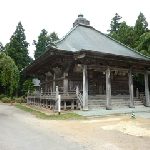
It is said this temple near Yakushi Park in Kurihara City was founded in 775 by the Imperial order of Empress Koken (718 – 770). Although this temple suffered many fires and wars, in the Medieval ages, local people continue to worship at this temple. This temple was restored in the early modern times by the Date clan, lords of Sendai Domain.
The wooden sedentary statue of Yakushi Nyorai, the Buddha of Healing, is said to have been made by Saicho, Dengyou Daishi (767 – 822), the founder of the Buddhist Tendai sect. The statue is open to the pubic two days a year at Bunkazai Shuzoko, the Cultural property repair warehouse, after it was restored from damage in the Great East Japan Earthquake, in 2011. And 1,200 year old cedar has been overlooking most of the history at the eastern end of the precinct.
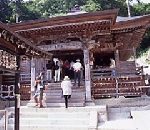
The 1,015 stone steps lead to the spectacular view of the Okunoin, the Inner sanctuary of this temple. Matsuo Basho (1644 – 1694): the most famous poet of the Edo period, felt the quiet, mysterious profundity, while climbing the stone steps, and left a famous poem.
This temple is one of the four temples built in the Heian period (794 – 1185), by Jigaku Daishi Ennin (794 – 864), the 3rd head of the Buddhist Tendai sect. The others are Zuiganji Temple, which protected the Mutsu province office and Tagajo Castle, Chusonji Temple and Motsuji Temple, which were Genbu, a black turtle and snake – the Taoist god of the north direction, and Rishakuji Temple, which was Byakko, a white tiger – the Taoist god of the west direction.
Fumetsu no hoto, the eternal dharma flame continues to light Konpon Chu-do, the largest central hall. This was transferred from Enryakuji Temple in Shiga, founded by Ennin’s teacher, Saicho, Dengyou Daishi (767 – 822), the founder of the Buddhist Tendai sect.

This temple is located near Bentenjima Island, on the Hattachi Coast of Hisanohamamachi Town. It is said to be a temple of Hydrangea, where Hydrangea blooms during Tuyu, the rainy season in Japan, from June thru the beginning of July. This temple was founded in 806 by Tokuitsu (749 – 824), a scholar-monk who founded many temples in northeastern Japan, who enshrined Amida Nyorai, the principal image of Buddha in Pure Land.
Amida Nyorai was said to have come from India, to guard the marine, at this temple, and enshrined the statue of Yakushi Nyorai, the Buddha of Healing, on Bentenshima Island. Tokuitsu was a priest who studied the Hosso sect in the Nanto-Nara, south historical capital of Nara.
The Hosso sect was the sect brought from Nalanda, India by Genjo Sanzo (602 – 664), a Chinese monk who travelled to India, was the writer of “The Great Tang Dynasty Record of the Western Regions”, and was the founder of Hosso sect of Buddhism.

